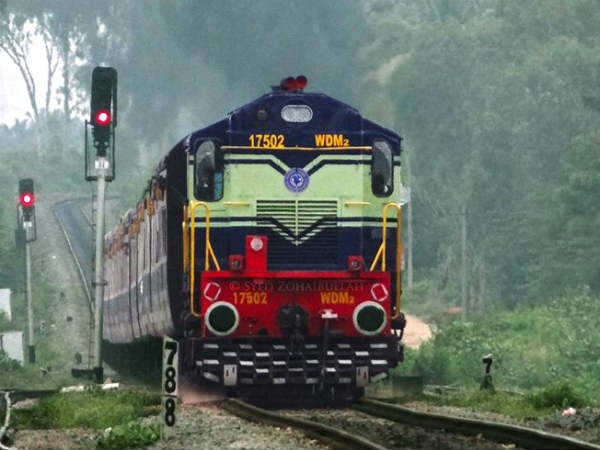Railway Budget 2020: Indian Railways will focus on safety for the travelers
Indian Railways implements a single system for automatic control of rolling wheels for passengers safety. In an attempt to provide secure passenger facilities, Indian Railways is likely to complete the first step of the identification of faults in the wheels and bearings of coaches, locomotives and wagons by this year. It ensures that the flaws or failures in the bearings and wheels of the coaches will be found earlier, contributing to secure passenger services.

The move from manual inspection to machine-assisted automated fault detection would help to meet the challenges of delivering secure, healthy and cost-effective services, according to the Railway Ministry. For the automated inspection, the system of online monitoring of rolling stock (OMRS) is adopted by the national transporter. According to the PTI study, rail-bearing acoustic monitoring systems, acoustic bearing detectors, wheel condition monitors and wheel effect load-detectors are used for the identification of defects in rolling asset bearings and rolling wheels. Rolling stock of Indian Railways applies to locomotives, rail cars, coaches and wagons.
The first deployment process for 25 OMRS systems is currently underway at 20 locations, These 20 locations where the OMRS will be installed have been identified by a high-level multi-disciplinary committee of the Railway Board. In the current fiscal year, six OMRS systems have been built and 10 more are to be added, according to a notice from the Railway Board. This cycle is expected to be completed in the present 2020 fiscal year. The aim is to automatically identify rolling stock faults with the help of the machines prior to any catastrophic failure happening in operations.
The automated inspection will result in "time-based maintenance" and "condition-based predictive maintenance," increased reliability and availability of rolling assets. The rolling stock reviews have been mostly manual and are determined by the workers. Inspections were also performed while locomotives and trains were idle or moving slowly. The bearing faults were found in 33 wagons, six coaches and one locomotive up to the month of June 2019. Indian Railways reported that the results of the implementation of the OMRS could have led to accidents as some critical errors were found.
To order to achieve proactive maintenance, the Indian Railway Network will continue to implement further track-side maintenance systems. The Railway Board is trying to turn its cargo test yards into smart meters powered by technology for automated detection of wagon faults and defects, in order to predict maintenance practices in yards. In the months of November 2017, Panipat was the first OMRS system installed, while the National Command Center for OMRS monitoring in Delhi, Kishanganj, in March 2018, was developed in the control center. Indian railways is moving towards automation and instrumentation processes in its maintenance practices to detect defects and deficits of the rolling stock to address today's challenges of efficient, secure and economic services.































